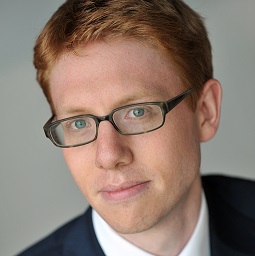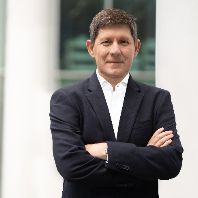Could you tell us a few things about Macquarie Bank?
Macquarie is a publicly listed financial services firm headquartered in Australia. I work for the European lending arm of Macquarie. We lend to both corporates and to the real estate industry. Generally we concentrate on assets that require a little more thought and underwriting than plain vanilla assets. One of Macquarie’s key differentiators is that we will look at assets that other banks may not want to get involved with. What we bring to the deals is more speed—we can do deals in a month or less—flexibility, and potentially higher loan-to-value ratios.
Do you focus on a particular type of customer or asset?
We are primarily asset-focused so I would say that 90% of our underwriting decision is based on the asset itself. We have provided finance to most segments in the real estate sector—light industrial, residential, office and retail. We recently completed a deal in the City of London with Green Oak for an asset called Dixon House. There are two years left in the lease at Dixon House, at which time it will likely be vacated, completely refurbished and re-let. In the retail space, we have provided finance for shopping centers in the US and also in Australia. For Macquarie, it is more a question of opportunity than a specific asset type.
You are an Australian Bank. Why have you chosen to invest in Europe?
Macquarie is a global firm, and we are active in the lending space in Europe, the US and Australia. We see very attractive opportunities in the European real estate market. When we can bring our expertise to bear and get what we feel is a good return for the risk, we will move into a market wherever it is in the world.
Which countries and cities in Europe are the most interesting for you?
The markets where we are most active include London, Paris and the top cities in Germany. However, one always has to be slightly aware of what is going on in other regions. The amount of capital chasing prime assets sometimes means that there is very little capital chasing assets outside these markets. While it’s easier to agree terms with a London asset, because of the dearth of capital, there can also be very attractive returns outside major cities as well, so you have to maintain an open mind.
In your own opinion, what are the trends that will shape the real estate industry in the coming year?
Over the next few years I expect there will continue to be more and more competition for prime assets, both on the acquiring side and on the leveraging side. On the leveraging side we will see more banks entering the market and we will probably see returns coming down and/or higher loan to value ratios. Nevertheless, there is a huge market which we operate in on the periphery of that, assets that slightly fail those criteria. Regardless of what level they are coming in at, investors are sometimes scared of even trying to analyze these assets. So I expect that there will be more opportunities for us and other alternative investors while to the outside world the financing market as a field is getting hotter and hotter.
There is currently more risk in the European market. Would you say this means there is more opportunity?
In 2009 a number of banks pulled out of the market and that’s when Macquarie decided to move into the market because the returns on offer were higher. It made sense for us to enter the market and try to fill the gap that had appeared between vanilla financing and where the hedge funds operate. I would say that Macquarie prides itself in being opportunistic, seeing where the best returns are and trying to have the flexibility to move into that market.















